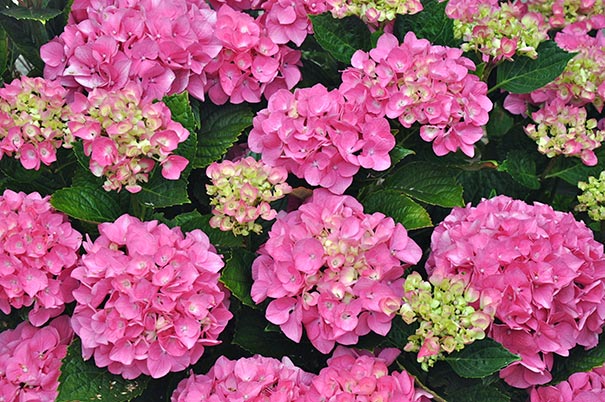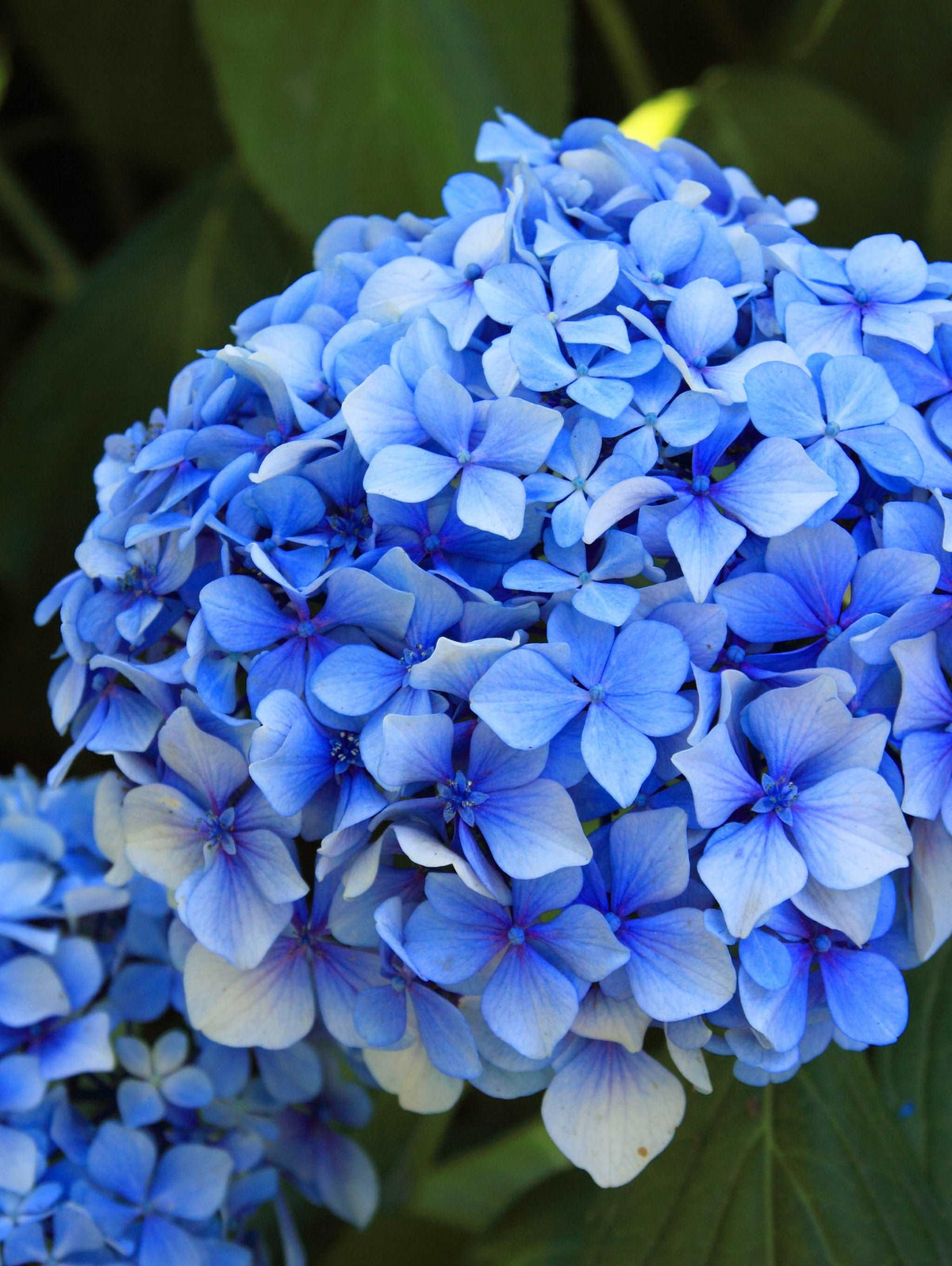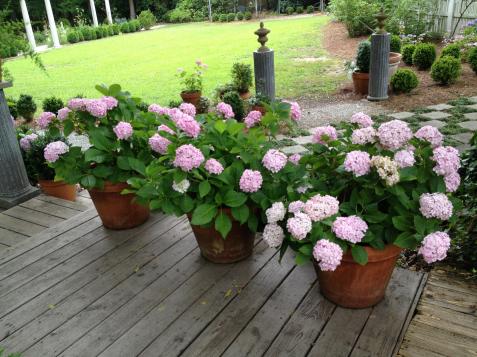The Forever Hydrangea: How To Grow And Care For These Beautiful Flowers
The Forever Hydrangea: How to Grow and Care for These Beautiful Flowers
Hydrangeas are some of the most popular flowering shrubs in the world, and for good reason. They come in a wide variety of colors, from vibrant blues and pinks to soft whites and greens. They're also relatively easy to care for, making them a great choice for gardeners of all skill levels.
If you're thinking about adding hydrangeas to your garden, there are a few things you need to know about how to grow and care for them. In this blog post, we'll cover everything you need to know, from choosing the right variety to watering and fertilizing.
Choosing the Right Variety
There are many different varieties of hydrangeas to choose from, so it's important to do your research to find the ones that are right for your climate and growing conditions. Some popular varieties for cold climates include Endless Summer, Limelight, and Annabelle. If you live in a warmer climate, you may want to choose varieties like Big Daddy, Incrediball, or Nikko Blue.
Once you've chosen your varieties, it's time to plant them. Hydrangeas prefer full sun to partial shade, and they need well-drained soil. When planting, dig a hole that is twice as wide and as deep as the root ball. Backfill the hole with soil and water the plant thoroughly.
Watering and Fertilizing
Hydrangeas need regular watering, especially during the first year after planting. Once they're established, they can tolerate some dry periods, but they'll produce more blooms if they're watered regularly. Water your hydrangeas deeply once a week, or more often if the weather is hot and dry.
Hydrangeas also need to be fertilized regularly. In the spring, apply a balanced fertilizer to the soil around the plant. You can also fertilize with a water-soluble fertilizer once a month during the growing season.
Pruning
Hydrangeas can be pruned in the spring or fall. If you're pruning in the spring, you can remove any dead or damaged branches. You can also prune to shape the plant or to encourage more blooms. If you're pruning in the fall, simply remove any spent blooms.
Overwintering
If you live in a cold climate, you'll need to protect your hydrangeas from the winter weather. In the fall, mulch the soil around the plant with a few inches of organic matter. You can also cover the plant with a burlap sack or other protective material.
With proper care, hydrangeas can be a beautiful and long-lasting addition to your garden. With their vibrant colors and lush blooms, they're sure to turn heads for years to come.
Do you love hydrangeas but hate how they only bloom for a few weeks each year? If so, you need to check out forever hydrangeas! These amazing flowers are actually made from a combination of hydrangeas and roses, and they can bloom for up to 6 months!
Forever hydrangeas are grown in a special way that allows them to retain their color and shape for a long period of time. They are also very easy to care for, making them the perfect choice for busy gardeners.
If you are interested in learning more about forever hydrangeas, I suggest you visit . This website has a wealth of information about these amazing flowers, including how to grow them, how to care for them, and where to buy them.
FAQ of forever hydrangea
- How do I care for forever and ever hydrangeas?
Forever and ever hydrangeas are relatively low-maintenance plants, but they do require some basic care. Here are a few tips:
- Plant them in full sun to partial shade.
- Water them regularly, especially during hot, dry weather.
- Fertilize them once a year in the spring with a balanced fertilizer.
- Mulch around the base of the plant to help retain moisture and suppress weeds.
- Prune them in late summer or early spring to shape them and remove dead or diseased branches.
- What is the life cycle of a hydrangea?
Hydrangeas are long-lived shrubs, sometimes living for up to 50 years if properly cared for. They typically bloom in the summer, but some varieties may bloom in the spring or fall as well. The flowers of a hydrangea will last for several weeks, and the plant will continue to grow and produce new flowers each year.
- What are the different colors of forever hydrangeas?
Forever and ever hydrangeas come in a variety of colors, including blue, pink, purple, and white. The color of the flowers is determined by the acidity of the soil. In acidic soil, the flowers will be blue or purple. In alkaline soil, the flowers will be pink or white.
- How do I get my forever hydrangea to bloom blue?
If you want your forever hydrangea to bloom blue, you need to make sure the soil is acidic. You can do this by adding peat moss or sulfur to the soil. You can also test the acidity of the soil with a pH kit.
- Are forever hydrangeas deer resistant?
Yes, forever hydrangeas are deer resistant. Deer typically do not eat hydrangeas because they find the leaves to be unpalatable. However, it is always a good idea to take precautions to protect your hydrangeas from deer, such as installing fencing or using deer repellent.
Image of forever hydrangea
5 different images of "forever hydrangea" from Pinterest:
- A full bloom of pink forever hydrangea flowers in a garden.

- A close-up of a single forever hydrangea flower, showing its delicate petals and blue color.

- A row of forever hydrangea bushes in bloom, with their flowers ranging in color from pink to blue to white.

- A forever hydrangea bush in a pot, with its flowers cascading over the sides of the pot.

- A forever hydrangea flower arrangement, with the flowers mixed with other flowers and greenery.

Post a Comment for "The Forever Hydrangea: How To Grow And Care For These Beautiful Flowers"